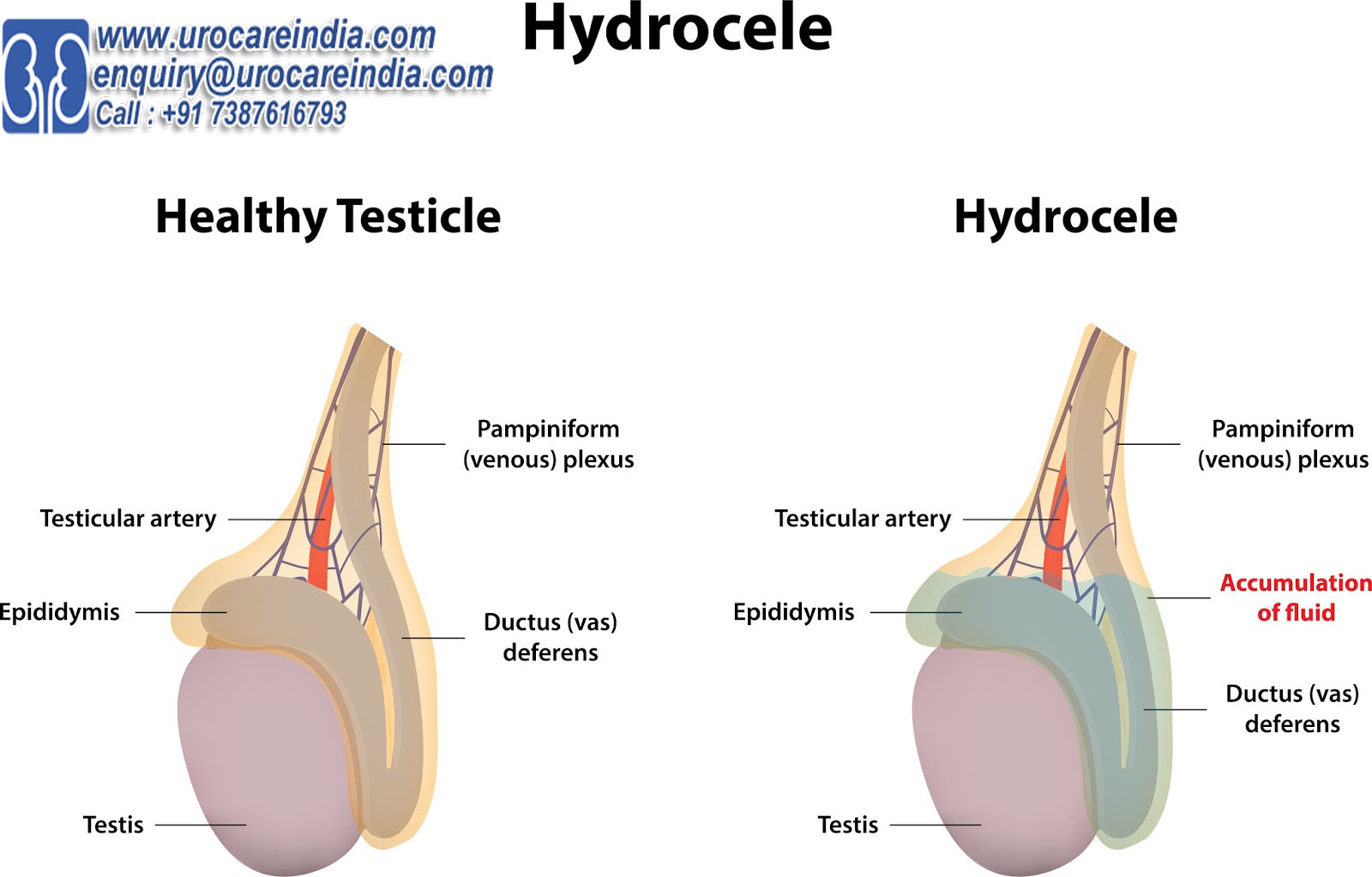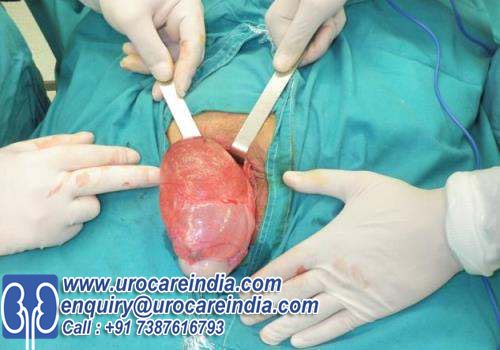Hydrocele Operation in India
About hydrocele
Hydrocele is common in men aged over 40 years, new-born babies and young children.
In men, it usually occurs as a result of injury, infection or, rarely, because of testicular cancer. It may also occur after surgery on the testis, for example after vasectomy or reversal of vasectomy. If the cause is unknown it is called an idiopathic hydrocele.
In babies, hydrocele usually improves without treatment but surgery is recommended if it persists beyond 24 months of age…..
Diagnosis of hydrocele
Contact your GP if you notice any change in the shape and size of your scrotum. Your doctor can usually diagnose hydrocele by shining a light underneath the scrotum (called transillumination). You may need a scrotal ultrasound to confirm the diagnosis. Surgery is usually recommended if the hydrocele is causing discomfort….
Preparing for your operation
Your surgeon will explain how to prepare for your operation. For example if you smoke, you will be asked to stop as smoking increases your risk of getting a chest and wound infection, which can slow your recovery….
About the operation
The operation takes about 10 to 20 minutes. A small cut is made in your scrotum to reach the hydrocele. The fluid is drained from around the testicle through a cut in the tunica vaginalis or ‘envelope’ surrounding the testis. The tunica is stitched in such a way that fluid can’t reform in this layer. The cut is closed with dissolvable stitches….

Recovering from hydrocele surgery
If you need pain relief, you can take over-the-counter painkillers such as paracetamol or ibuprofen. Always read the patient information that comes with your medicine and if you have any questions, ask your pharmacist for advice. General anaesthesia can temporarily affect your coordination and reasoning skills, so you shouldn’t drink alcohol, operate machinery or sign legal documents for 48 hours afterwards….
What are the risks ?
Hydrocele surgery is commonly performed and generally safe. However, in order to make an informed decision and give your consent, you need to be aware of the possible side-effects and the risk of complications of this procedure….
Side-effects
These are the unwanted but mostly temporary effects of a successful treatment, for example feeling sick as a result of the general anaesthetic.
You will have some bruising and swelling in the scrotal area for the first two weeks…..

Complications
bleeding inside your scrotum (haematoma) – you may need further surgery to stop the bleeding and drain the area
difficulty in passing urine – you may need a temporary catheter to help drain the urine from your bladder….
Please log on to : http://www.urocareindia.com/
UroCare INDIA Core Values
We have a very simple business model that keeps you as the centre.
Having the industry’s most elaborate and exclusive Patient Care and Clinical Coordination teams stationed at each partner hospital, we provide you the smoothest and seamless care ever imagined. With a ratio of one Patient Care Manager to five patients our patient care standards are unmatched across the sub continent.
